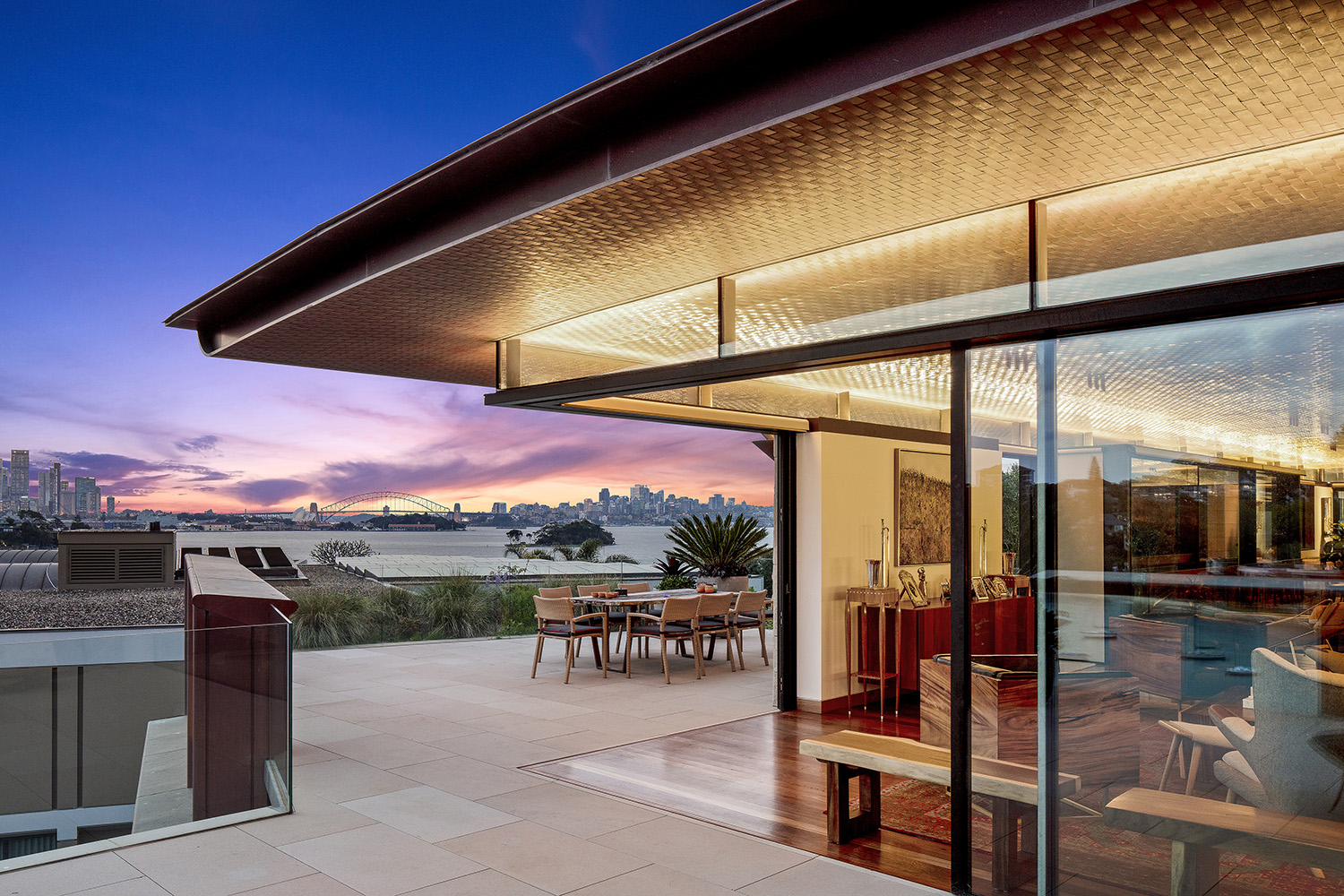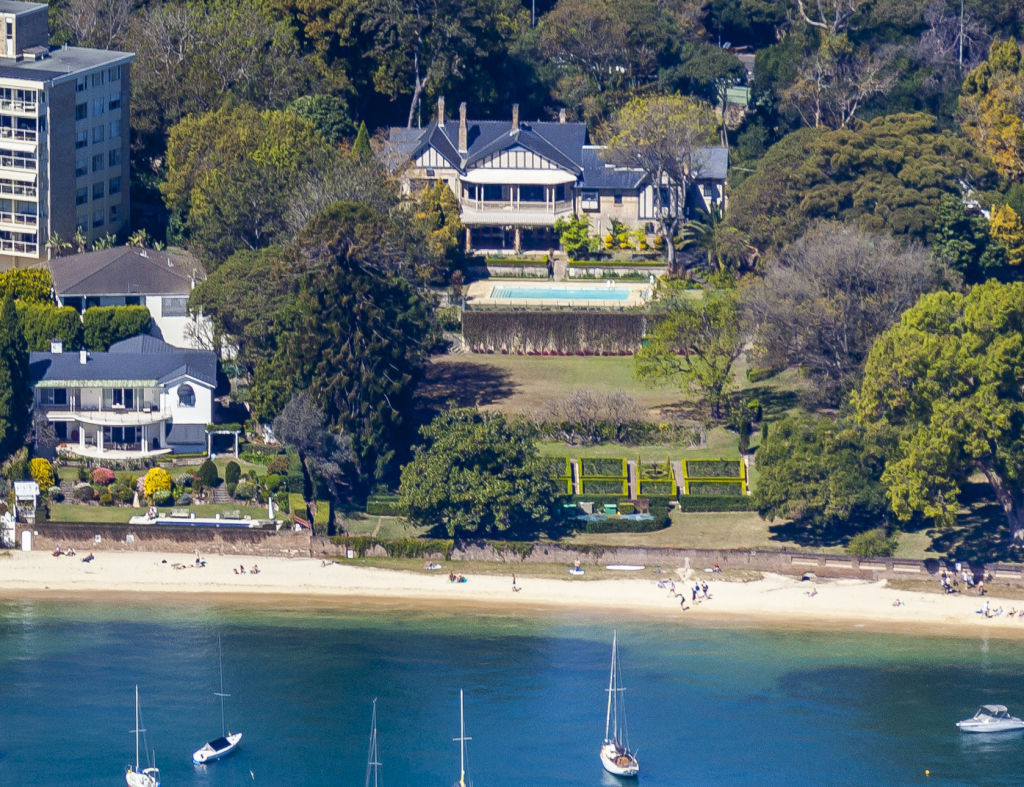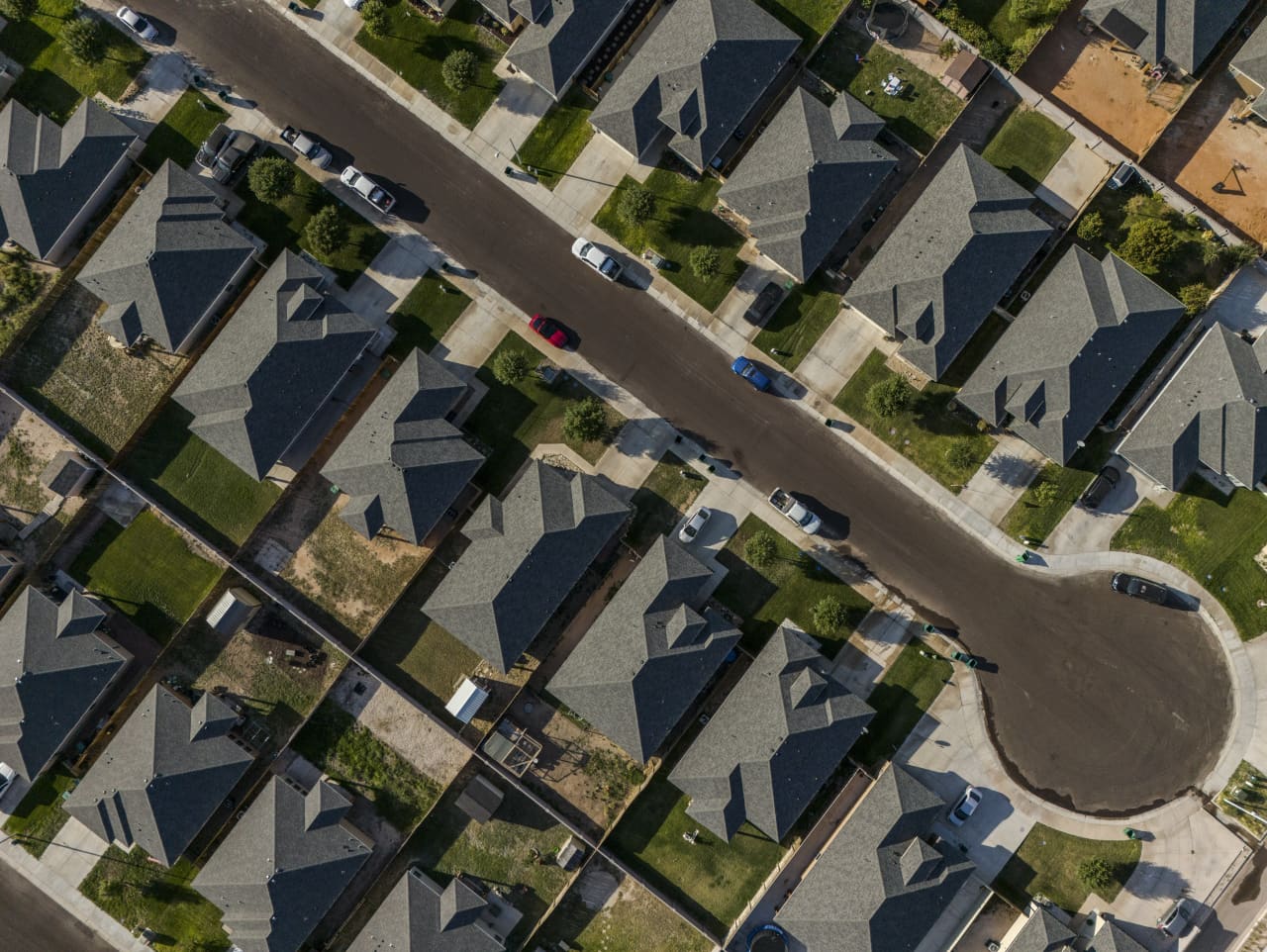The Most Expensive Houses in Sydney [2024]
Property prices across the nation have risen at unprecedented rates – including within the prestige property market. Sydney’s east continues to dominate the prestige market with four of three of the top five properties sold this year in the blue ribbon enclave of Point Piper.
See the full list below.
29A Wulnulla Road, Point Piper, Sydney, NSW: $37 million

What was one of the more ludicrous headlines of the year, a boatshed located in Sydney’s blue-ribbon enclave of Point piper was sold for just under $40 million, which, at the time of selling, became the most expensive property sold that year.
The two-storey boatshed is set on almost 2000sqm and is complete with a harbourside swimming pool on grounds and one of the largest private marina berths on Sydney Harbour.
More than a boatshed, it holds accommodation on the upper level and, importantly, a DA to convert the property into a house, recently approved by Woollahra Council.
1 Wingadal Place, Point Piper, Sydney, NSW: $40 million

Freight boss Terry Tzaneros purchased the five-bedroom home in the coveted suburb of Point Piper in April for a price between $38 and $40 million. It’s here that the home occupies one of only three absolute waterfront properties on Wingadal place.
Positioned on 961-square-metres of land, the home boasts alfresco terraces, two kitchens and a poolside studio/cabana alongside an expansive entertaining area set on grounds landscaped by Craig Burton.
The home offers elements of alluring modernism with a vaulted copper ceiling on the top level, while its opulent details cascade down to the waterline.
Wolseley Road, Point Piper, Sydney NSW: $40 million

Sydney Football Club chairman Scoot Barlow has sold his non-waterfront Point Piper home in April for around $40 million.
Nick O’Kane, an executive at Macquarie Bank purchased the home on his return to Australia.
Sat atop the hill at Wolseley Road with an aspect overlooking the water and Sydney harbour comes the striking, four-level residence.
Designed by renowned architects Tzannes and Associates, it’s a modern, alluring residence in Sydney’s dress circle.
Fairwater, Point Piper, $100 million

In 2018, Australian tech-billionaire Mike Cannon-Brookes and his wife Annie bought what was at the time Australia’s most expensive house, Fairwater. The historic purchase ended more than a century of Fairfax family ownership. With the sale of the 1.12-hectare estate (the largest privately held property on Sydney Harbour), exchanging in just over two weeks for $100 million. The home was last traded in1901 for £5350 by Sir John Fairfax.
Edgewater, Point Piper $95 million

In 2020, the Wolseley Road property in Sydney’s blue-ribbon locale of Point Piper sold for $95 million, becoming the second most expensive house sale on record. The property, known as ‘Edgewater’ has a rare 40-metre harbour frontage, directly in front of the Harbour Bridge and Sydney Opera House.
Elaine, Point Piper, $71 million

Joining this list is fellow Atlassian co-founder and billionaire Scott Farquhar, with yet another Fairfax family estate, Elaine. The historic property, which boasts 6986sqm in Sydney’s most expensive enclave features seven bedrooms and five bathrooms on Seven Shillings Beach. Previously the home had been owned by the Fairfax family since 1891.
La Mer, Vaucluse, $70 million

James Packer’s off-market exchange for the vast, six-storey monolith in 2015 set an Australian house price record at the time. Set across 3345sqm, with views of Sydney Harbour, La Mer was sold to Dr Chau Chak Wing — owner of Chinese property development company Kingold Group — and features a glassed -in garden area, home gym, workout room, cinema with space or 20 people and a garage for 20 cars.
Phoenix Acres, Vaucluse, $65.25 million

The grand proportions of Phoenix Acres, Vaucluse is typified by its 81-metre-wide water frontage attached to a 3731sqm parcel with 6-bedroom, 6-bathrooms and a triple garage. Other luxurious amenities include the lavish master suite, tennis court, resort-style pools and grand dining room with harbour view terraces. The property was sold in 2017 to hotel mogul Dr Jerry Schwartz.
Ganeden, Vaucluse, $62 million

Rounding out the list is corporate lawyer John Landerer’s Vaucluse mansion, Ganedan, selling for more than $62 million in 2022. The exact figure on the sale will be left to settlement, with the home finally finding a new owner after three years on the market. The property, which is built on a consolidated site from three houses between Wentworth Road and Vaucluse Road also the second most expensive non-waterfront sale, following La Mer, further up this list.
This stylish family home combines a classic palette and finishes with a flexible floorplan
Just 55 minutes from Sydney, make this your creative getaway located in the majestic Hawkesbury region.
You don’t need to be a golfer to enjoy the benefits of living adjacent to a golf course in Australia
From the Spring 2024 issue of Kanebridge Quarterly. Order your copy here.
W hile water views are usually considered most desirable for property buyers, golf course vistas are snapping at their proverbial heels. This past quarter century has witnessed a golden age in Australian golf course living, with dozens — if not hundreds— of residential courses built around our major cities and tourist towns. These days, there’s a buoyant market for established large golf homes alongside off-the-plan apartments being retro built to take advantage of existing golf course views. So what’s the appeal?
Green dreams
Barbara Wolveridge is a director at Sotheby’s International Realty. She has worked with many of Australia’s most prestigious golf course developments including The National in Cape Schanck Vic, Moonah Links on the Mornington Peninsula, Macquarie Links International Golf Club in Sydney’s West and the Mirage Country Club in Port Douglas where she currently lives. (She was also married to the late renowned golf course designer and former US Tour player Michael Wolveridge.)
“People like to live on golf courses,” she says. “You can walk out of your house onto a beautiful course. But what you’re really buying is the extended view. You have acres and acres in front of you, but you’re paying for a small block of land.”
And while you can’t run across the greens in your bare feet, as soon as the golf is finished for the day, there are tracks and cart paths where you can walk and bike, enjoying the natural surrounds of lush greenery and wildlife.
“Some courses are a haven for wallabies and kangaroos,” says Wolveridge. “Here in Port Douglas the pristine ponds attract the magpie geese. There are the most beautiful birds everywhere — and the odd croc as well.”
Who’s buying?
While you might expect golfing real estate to be the exclusive domain of well-heeled golf-mad retirees, that’s only a part of the story. Golfing homes appeal to a broad section of the community, especially in the post-COVID era, when home often also serves as an office.
“Probably 50 to 60 percent of my buyers are golfers,” says Wolveridge. “But in some areas people skew younger, in their 40s — not necessarily golfers, but those who want that lovely view. A lot of people like to come up here for the winter and when they’re not here, they rent out their properties.
“My very wealthy clients don’t do that, but the middle bracket come and use it when they like, and then it goes into the letting pool for the rest of the year.”
A cautionary tale
For most golf course adjacent dwellers, the only potential negative is the odd Titleist Pro V1 ball shattering the serenity as it sails through the bedroom window. But that’s not the worst thing that can happen.
Built in 1990 on the edge of the Great Dividing Range, Paradise Palms in Cairns lived up to its name with pristine rainforest providing a backdrop to rolling fairways and man-made lakes. Home to professional events including the Skins Game and Ladies’ Masters, it climbed to number nine ranking in Golf Magazine’s list of the nation’s Best Public Access Courses.
In 2016, the signature 7th hole was sacrificed to make way for an access road into a residential development of 585 luxury units. Then, horror. The course declined under new owners, was sold again, and a multimillion-dollar redevelopment plan was revealed that would close the 18-hole course and transform it into a new housing estate.
Those who dreamed of seeing out their days overlooking manicured greens are now facing the prospect of a sea of roofs.
“Once a development is established, it has to make money,” says Wolveridge. “The developer has to put in somebody who knows how to run a golf course — and that is the hard part.
“If the developer isn’t making any money, it won’t necessarily devalue the properties, but if the course does so badly it goes broke, that is the danger.”
Happily, cases like Paradise Palms are few and far between.
“I can think of so many golf course developments in Australia that are very successful, and probably only three or four that aren’t,” says Wolveridge.
As always with property, to avoid a triple bogey, it’s a case of buyer beware.
How green is your view?
A commonly held belief is that golf courses use vast amounts of water, chemical pesticides and fertilisers to keep those greens pristine. In reality, golf course management in Australia claims to be at the forefront of environmental sustainability, pioneering the use of grey water and efficient irrigation techniques as well as new drought- and disease-resistant grasses.
Following the release of the landmark GC2030 report by The Royal and Ancient Golf Club (R&A) in Scotland in 2018, Australia has joined a dozen or so other countries globally answering the call to action on topics such as climate change, resources, water conservation, pesticides, labour and land.
While golf courses have historically relied on a cocktail of pesticides and herbicides, many are today transitioning to organic maintenance practices, using natural means to control pests and promote healthy turf.
KDV Sport golf course (12 holes) on the Gold Coast and Kabi Organic Golf Club (27 holes) at Boreen Point in the Sunshine Coast hinterland are Australia’s only two organic golf courses to date. But there is no accommodation — yet — at either.
This stylish family home combines a classic palette and finishes with a flexible floorplan
Just 55 minutes from Sydney, make this your creative getaway located in the majestic Hawkesbury region.

















